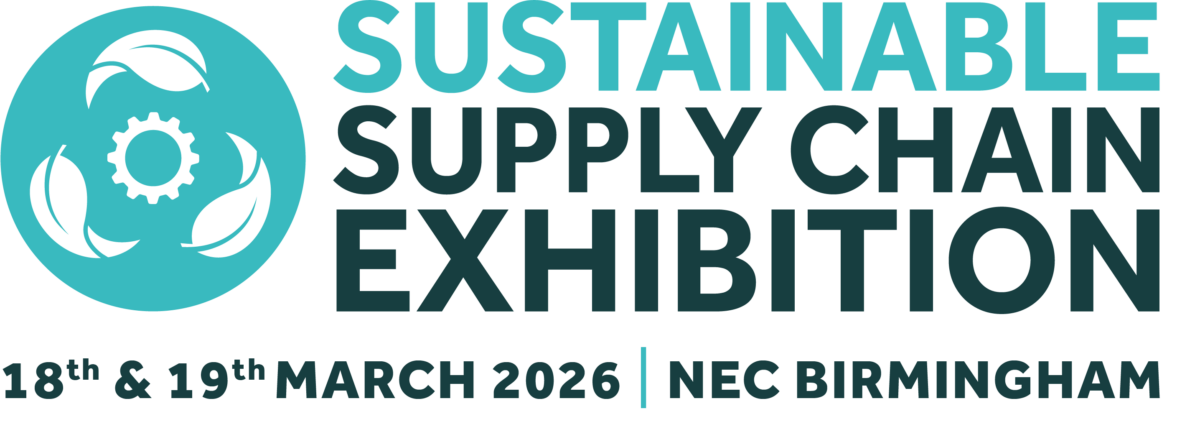Transport secretary Ruth Kelly has promised more than £200 million to start work on a strategic freight network in the Department for Transport’s rail White Paper.
The strategy, Delivering a Sustainable Railway, also allows for potential doubling in capacity over 30 years through continual growth of a rail network.
Kelly said: “Steady investment has given us a rail network which is in good shape for the first time in a generation and this means we can be ambitious for its future. It should be a railway which helps power economic growth and enhances the quality of our lives. We can’t know precisely what our railway will look like in 30 years time but now we can be confident of making it bigger, stronger and more flexible.”
Rail freight operator EWS welcomed the white paper saying it would provide capacity on the rail network to increase rail freight volumes and, in doing so, lower carbon emissions, EWS, Britain’s largest rail freight operator said today.
“The White Paper promotes the creation of a Strategic Freight Network, which is backed by a significant £220 million investment programme that will deliver freight enhancements to the rail network from 2009 to 2014. This will help provide the additional space on the rail network required to accommodate the expected 30 per cent growth in rail freight by 2014.
EWS said the White Paper was also right to demand a ‘genuinely commercial toll’ for freight trains using the Channel Tunnel. Currently charges are far higher than the market can bear resulting in painfully low traffic volumes.
“Eurotunnel is expected to announce soon a new economic and affordable pricing regime for freight trains to use the Channel Tunnel, set at a level the market can afford, as the White Paper expects. Once this new charging regime is in place, EWS will launch a network of new services linking various parts of Britain with destinations across mainland Europe, increasing freight tonnage levels through the tunnel.
Keith Heller, EWS chief executive, said: “This White Paper outlines the development of a sustainable railway. It not only sets the strategy, but shows commitment to providing necessary enhancements to the network to enable a 30 per cent growth in rail freight by 2014.”






